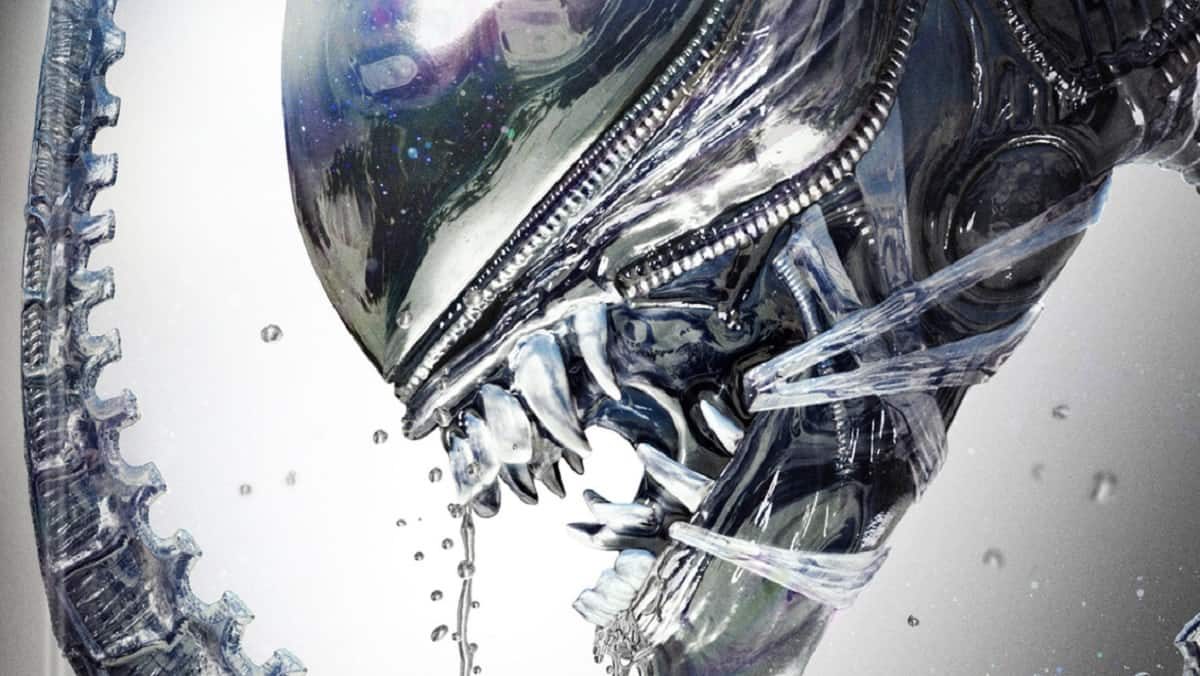TL;DR
Alien's 40th-anniversary UHD 4K release is a stunning restoration, particularly its HDR10+ presentation which breathes new life into the sci-fi horror classic. Despite its age, the film’s atmosphere and iconic creature design remain powerful, with the meticulous transfer preserving detail in the shadows and cleaning up imperfections. While the audio is solid, it lacks newer immersive formats. This edition offers both cuts of the film and the same great extras as previous releases, making it the definitive version for fans. Discover how this groundbreaking film holds up today and what makes this 4K edition a must-have!
This weekend, May 25th, marked the 40th anniversary of Ridley Scott’s seminal thriller-horror film, bearing the iconic tagline “In space, no one can hear you scream.” The profound impact of the original Alien on cinema and popular culture is undeniable – from its groundbreaking chest-burster scene to Sigourney Weaver’s compelling portrayal of a resilient female protagonist. But does it resonate with audiences upon its re-release four decades later, and what enhancements does the UHD 4K format offer for such a classic film? Read on to discover our assessment.
Alien follows the crew of the commercial starship Nostromo, a diverse group tasked with transporting cargo across the galaxy, and incidentally, investigating potential intelligent life. Awakened from cryo-sleep by a signal emanating from a small, uncharted planet, the crew lands to investigate. This decision soon proves to be a catastrophic error.
Let’s get straight to the point: Fox has delivered a remarkable rendition of Alien (40th Anniversary Edition) on UHD. While the film’s age is subtly apparent in its pacing, hairstyles, and occasionally, the dialogue, the 4K transfer is exceptional. Reportedly overseen by Ridley Scott himself, this release features a completely new digitization of the original 35mm celluloid. Furthermore, it is mastered for HDR10+, the open, dynamic metadata format (a competitor to Dolby Vision) which demonstrates its capabilities impressively. During the film’s opening six minutes, introducing John Hurt as the first crew member, we are guided through a spaceship that feels remarkably authentic, modern, and plausibly functional. Black levels are outstanding on the Panasonic FZ800, and color balance is meticulously calibrated. Combined with a luminance that accurately portrays the illumination of surfaces by fluorescent lighting, this release represents a benchmark for 70s films on UHD. Alien is a visually and thematically dark film, and HDR10+ significantly enhances the viewing experience by preserving detail and visibility in the shadows.
The image has also been meticulously cleaned of grain, scratches, and other artifacts. A comparison with the opening 20th Century Fox logo reveals a striking difference, making it seem as if the sequences originate from different eras. Alien: 40th anniversary edition appears virtually brand new. However, the restoration is tastefully executed; the Alien UHD release is sharp, but retains an appropriate amount of film grain to maintain the original cinematic aesthetic, avoiding the artificial appearance of digital HD video. The fact that the sharp transfer and the HDR color grading do not expose further weaknesses in the original production is a testament to the meticulous and high-quality craftsmanship that defined Alien as a work of cinematic art.
Fox has been a leading advocate for the adoption and implementation of HDR10+, and we hope that Disney, in integrating the newly acquired Fox, will leverage this expertise to inform and elevate the quality of future UHD releases. There is a noticeable difference in quality between Fox UHDs and Disney’s (Nordic) initial 4K releases.
The audio quality is also commendable, although a Dolby Atmos or DTS:X soundtrack would have represented the definitive release. As it stands, we have a capable DTS HD-MA 5.1 track, consistent with the previous Blu-ray release (2010). Given its lossless nature, we are not disappointed; Alien is a slow-burn horror masterpiece, its atmosphere expertly crafted by Jerry Goldsmith’s unsettling score, relying less on bass-heavy explosions or overt surround effects.
The supplemental materials include both Scott’s original 1979 theatrical cut and his 2003 Director’s Cut. Each version has its merits and drawbacks, and personal preference will dictate which is preferred. Both cuts feature a commentary track by Scott alone, and another featuring Scott interspersed with commentary from Weaver and Harry Dean Stanton. (Weaver and Stanton clearly enjoyed each other’s company during the recording sessions.) There is also an isolated score track by Jerry Goldsmith, and the package is rounded out with a short presentation, Weaver’s screen test, and approximately 10 minutes of deleted scenes. This is the same supplementary content that was included in the 2010 6-Disc Collector’s Edition. Despite its familiarity, it remains comprehensive and of high quality. While some new content specifically for the UHD 4K release would have been welcome, its absence is not a significant drawback.
Despite its age, Alien remains a visually stunning masterpiece of slow-burn suspense, seamlessly blending H.R. Giger’s disturbing yet captivating monster designs with Scott’s masterful direction. The film’s age is primarily noticeable in its pacing, which is considerably slower than contemporary “space films” or horror films. However, this does not diminish its unsettling atmosphere or its graphic intensity. The UHD release does justice to the film’s legacy, representing the definitive edition for serious collectors. Its impact on cinema is undeniable, and it continues to reward patient viewers. Perhaps the 50th-anniversary edition will feature a new soundtrack?

